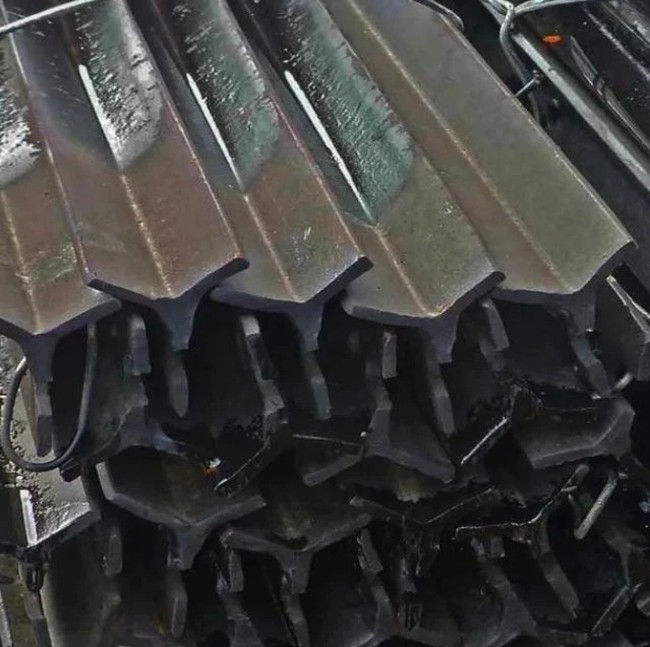Welcome!
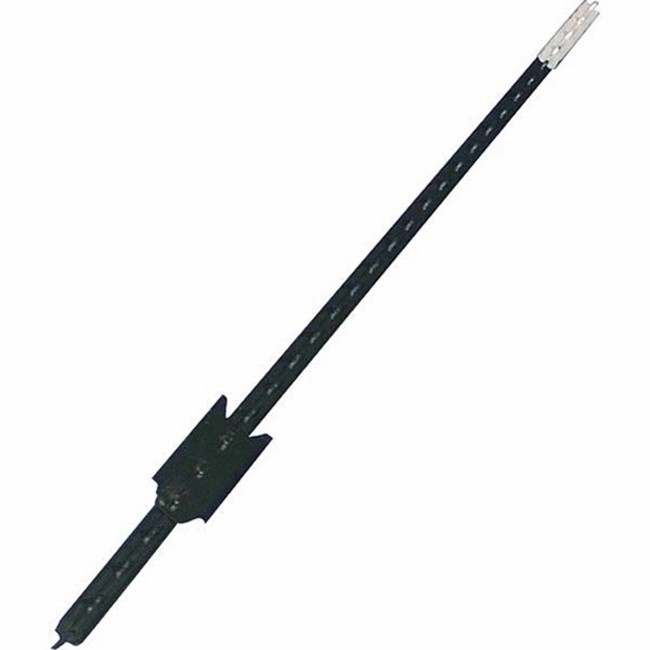



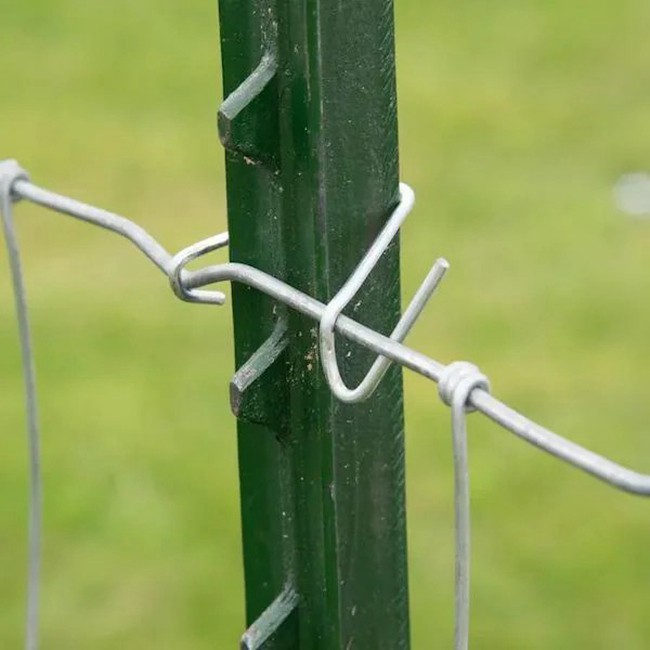
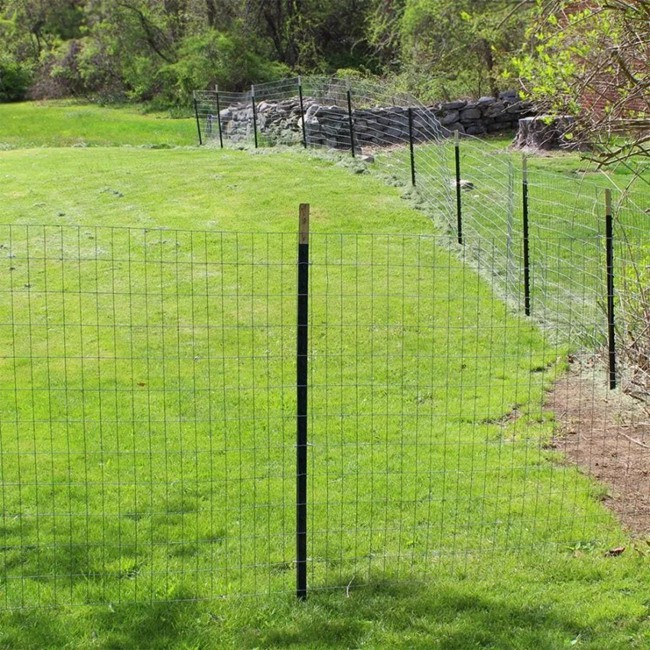

Factory Price T Post American Steel Fence High Quality 6FT Studded Cheap Metal T Post for Sale
Product Description
Assembled Installation Method
Prepare the components of the fencing system (including fence posts, fence mesh, connectors, etc.) according to the design requirements.
According to the design requirements of the fencing system, assemble the fence posts with the connectors and other components. Some fencing systems may be assembled in different ways such as plug-in or bolted.
Place the assembled fence posts in the installation location according to the design requirements and securely fasten them to the ground using expansion screws, pre-embedded parts or other fixing methods.
After the fence posts are fixed, install the fence mesh between the fence posts according to the design requirements, and use connectors and other parts to connect them firmly with the fence posts.

Pre-embedded installation method
A pit is dug at the determined installation location, and the depth and size of the pit should be determined according to the height of the fence post and the soil conditions to ensure that the fence post can be firmly fixed in the soil.
Pour concrete in the pit and insert the fence post vertically into the concrete. During the pouring process, ensure that the concrete fully fills the pit and air bubbles are removed to improve the stability of the fence post.
Once the concrete has set, the fence post can be firmly anchored in the soil. This method of installation allows the fence posts to form a single unit with the soil, thus improving the stability of the fencing system.

In the fencing system, fence posts not only play a supporting role, but also form a closed or semi-closed barrier by connecting with other fencing materials, which can be used for various purposes such as security protection, isolation partition and landscaping. For example, in highways, bridges and other transportation facilities, the fence post is connected with the fence mesh to form a protective fence to prevent vehicles and people from accidentally falling; in construction sites, the fence post is used in combination with temporary fencing materials to delimit the construction area and ensure construction safety; in residential areas, parks and other places, the fence post is paired with a variety of beautiful fencing materials to create a harmonious living environment.

Fence posts come in a variety of shapes and sizes, with common cross-sectional shapes such as round, square, and rectangular, as well as different heights and diameters. These designs are usually determined based on the specific needs of the fencing system and the environment in which it will be used to ensure a solid and aesthetically pleasing fence. Fence posts are an integral part of a fencing system, they provide security, isolation zoning and landscaping for different sites by supporting and securing the fencing material.
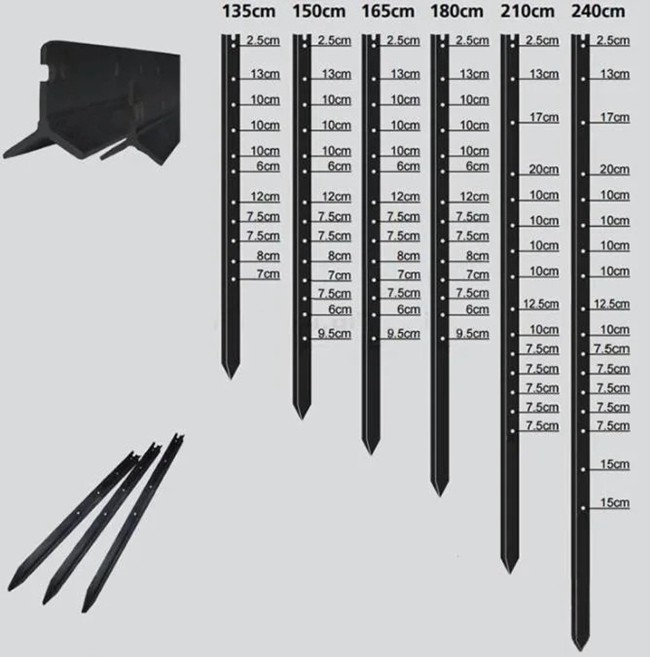
Galvanized treatment is the key to the corrosion resistance of galvanized fence posts. The galvanized layer can effectively isolate the steel from air, moisture and other corrosive media, thus preventing the steel from rusting and corrosion. The thickness and quality of the galvanized layer directly affects the service life and anti-corrosion effect of the fence post. Generally speaking, the thickness of galvanized layer should reach a certain standard to ensure the long-term use of fence posts in harsh environments.

Recommended Products
Recently Viewed
 High Quality Portable Chain Link Fence Temporary Chain Link Fence Temporary Fence Post for Sale
High Quality Portable Chain Link Fence Temporary Chain Link Fence Temporary Fence Post for Sale Factory Wholesale T Post American Steel Fence High Quality 6FT Studded Cheap Metal T Post for Sale
Factory Wholesale T Post American Steel Fence High Quality 6FT Studded Cheap Metal T Post for Sale China Manufacturer Portable Chain Link Fence Temporary Chain Link Fence Temporary Fence Post for Sale
China Manufacturer Portable Chain Link Fence Temporary Chain Link Fence Temporary Fence Post for Sale Factory Price Galvanized Cattle Farm Fence Y Post for Sale
Factory Price Galvanized Cattle Farm Fence Y Post for Sale Factory Wholesale Portable Chain Link Fence Temporary Chain Link Fence Temporary Fence Post for Sale
Factory Wholesale Portable Chain Link Fence Temporary Chain Link Fence Temporary Fence Post for Sale
Contact Us
NANJING MATTRESS TECHNOLOGY CO., LTD.

